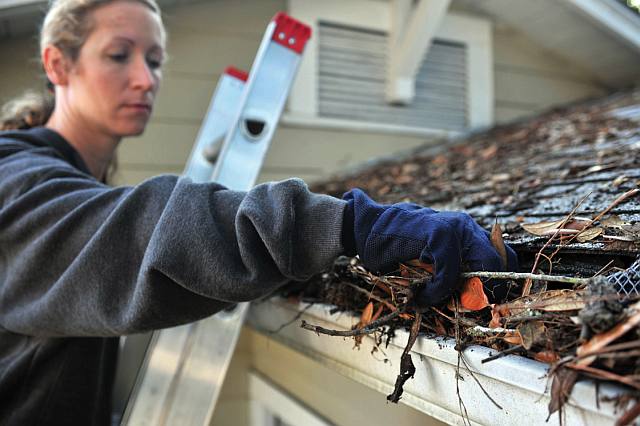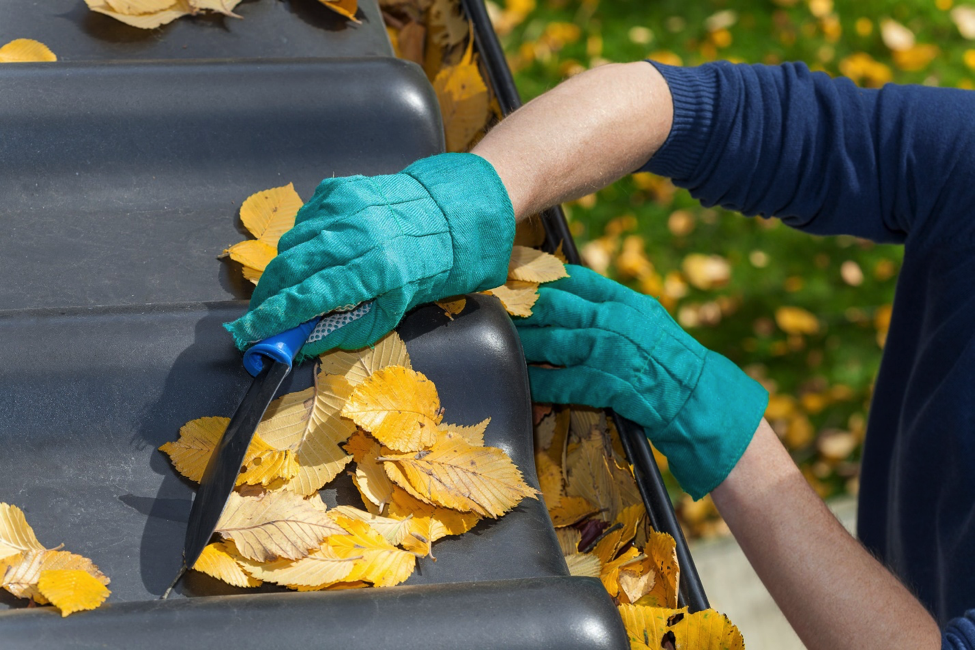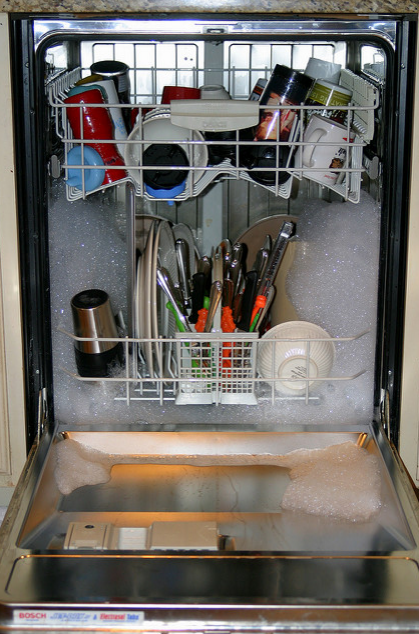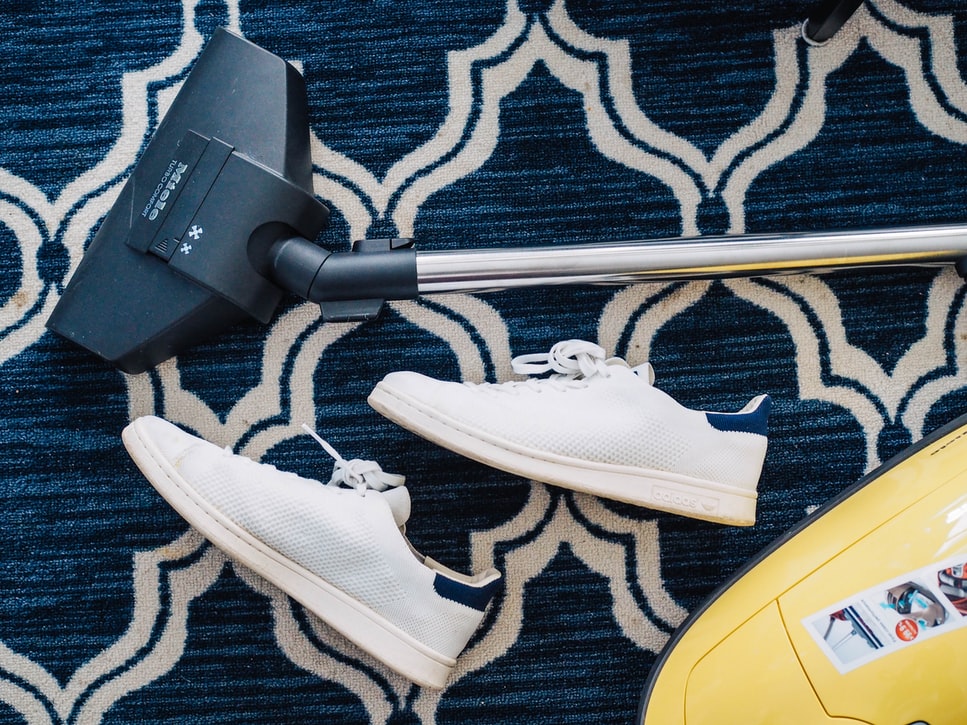Consider these Options for Gutter Guards Before Choosing a System to Protect your Home

Have you cleaned your gutters this season? If you haven’t you’ll want to read this!

Few maintenance chores around the house are avoided as much as the cleaning of gutters, prompting many homeowners to consider gutter protection options that eliminate the seasonal task of getting on a ladder to clear out nasty debris.
But not all gutter systems are the same, and not all of them truly work. As you consider the best gutter guards for your house, consider these options and how they may meet your home’s need and your family’s budget. Are you trying to avoid the regular ritual of clearing out debris? Are you only interested in spending as little money as possible? The bottom line is you will find when it comes to gutter protection, more expensive isn’t always better, but cheapest is definitely not always the solution either.
In the basic sense, you can go to your local home improvement center on a weekend morning and buy about $200 worth of materials to protect the gutters around your house from clogging. But the problem with this idea is, if you’re not careful you could do more damage than good, which could lead to even more expensive repairs later. A lot of do-it-yourself homeowners may try to attach a mesh or screen material to the top of their gutters, while anchoring it on the fascia or roof shingles. This could not only cause damage to the fascia board or to the roof if the gutters become heavy and pull away from the house as a result, it could also lead to cancellation of any coverage for roof repairs if the insurance company learns you modified the roof surface in a way that impacts the warranty.

A major problem with self-install gutter guard jobs is that the wrong material often is chosen to solve the problem. For example, using screen material may seem like a good idea to cover the top of an open gutter system. But in some cases it often serves as a resting place for debris on top, while allowing some to get through and create a mucky residue inside your gutter that can lead to mold and even growth of plants inside. Sure, rain water will flow through the screen into the gutter and much of the debris will not make it inside. But the screen material acts as a sort of catcher’s mitt for some debris, holding it on top and either forcing some water to be diverted away from the gutter system or creating weight on the gutters that might lead to them separating from the roof or becoming damaged.
You likely will find yourself back up on the ladder to clear out the debris later, which defeats the whole point of installing a protection screen that helps you avoid the hassle of cleaning gutters. The same problem will occur for those homeowners trying the brush gutter guard option. While this idea of inserting round brushes in the upper-gutter system will keep large debris out, small debris often gets caught in the brush and requires regular cleanings to prevent clogs.

The cost to hire a professional to come out to your home to install a gutter guard system can be as much as $6,000, and that doesn’t necessarily guarantee total protection for your gutters or that they will remain clog free. While it may be worth it to hire someone to tackle such an important task, make sure you check out the product and customer reviews to determine if it’s right for your home. It’s an important decision to protect your property, so it’s worth some extra research to understand the differences of what is being offered by contractors. And make sure they offer a full warranty that backs up their promises about their protection. Those contractors who don’t offer it should make you think twice about hiring them if they can’t stand behind their products.
Make sure you do your homework before taking that next important step with your gutter system. The investment of your time will pay off in the long run.






